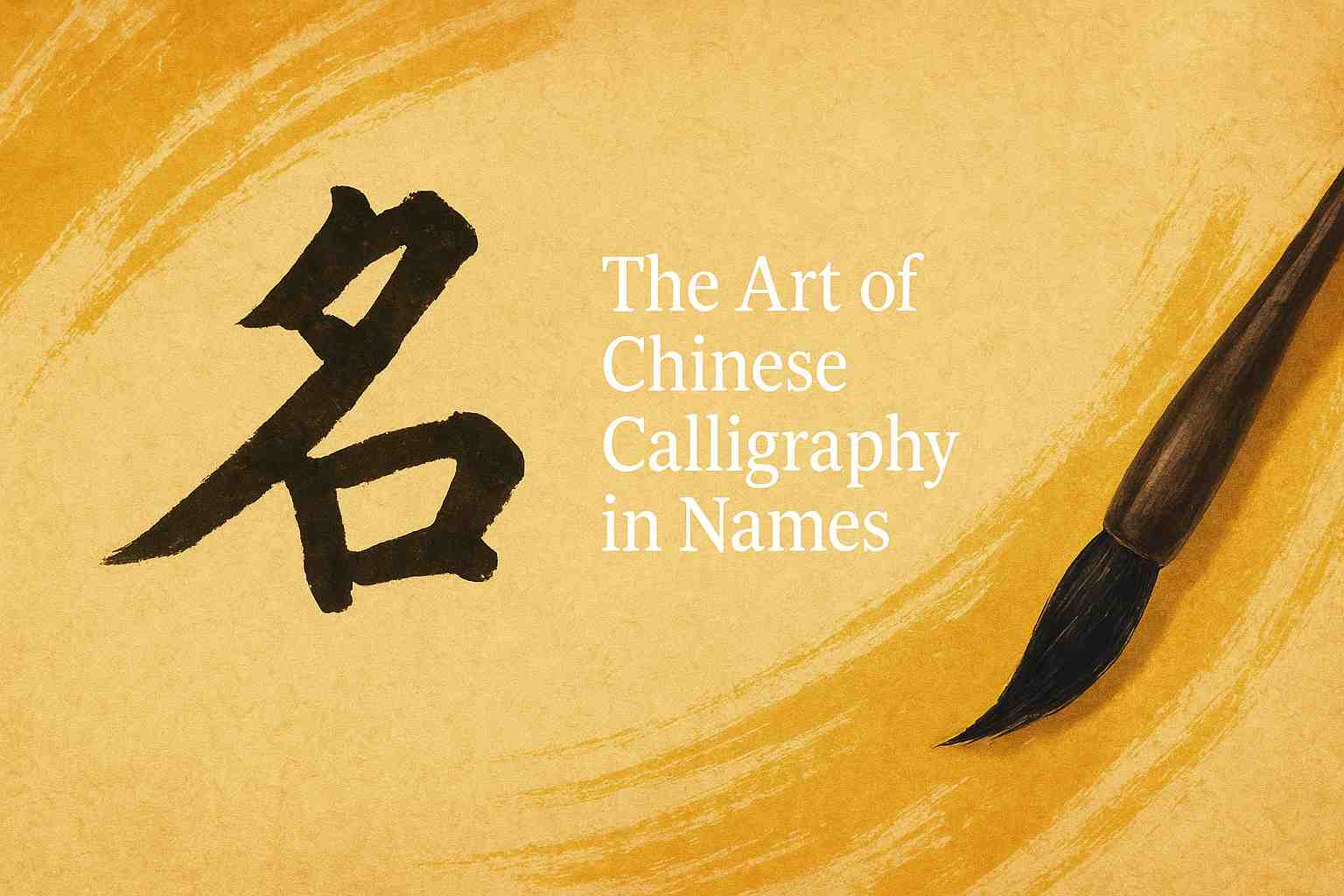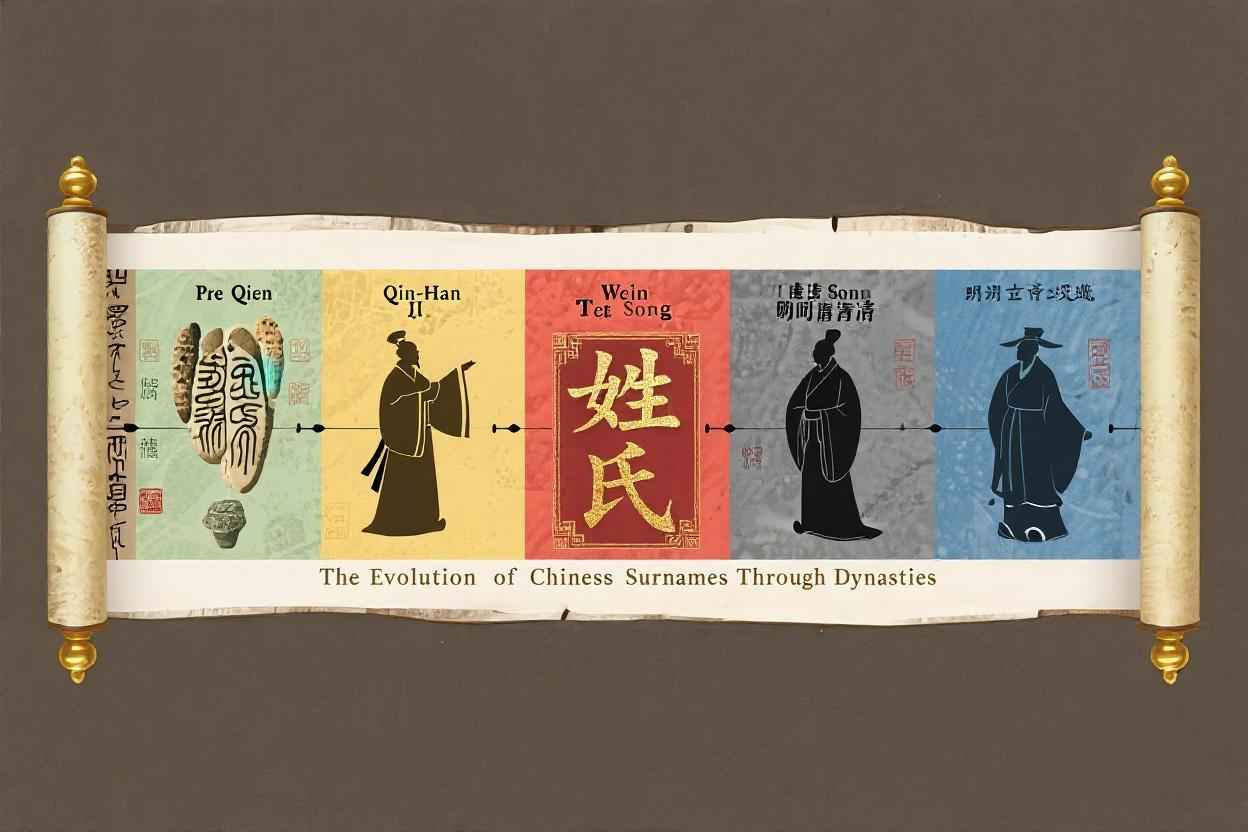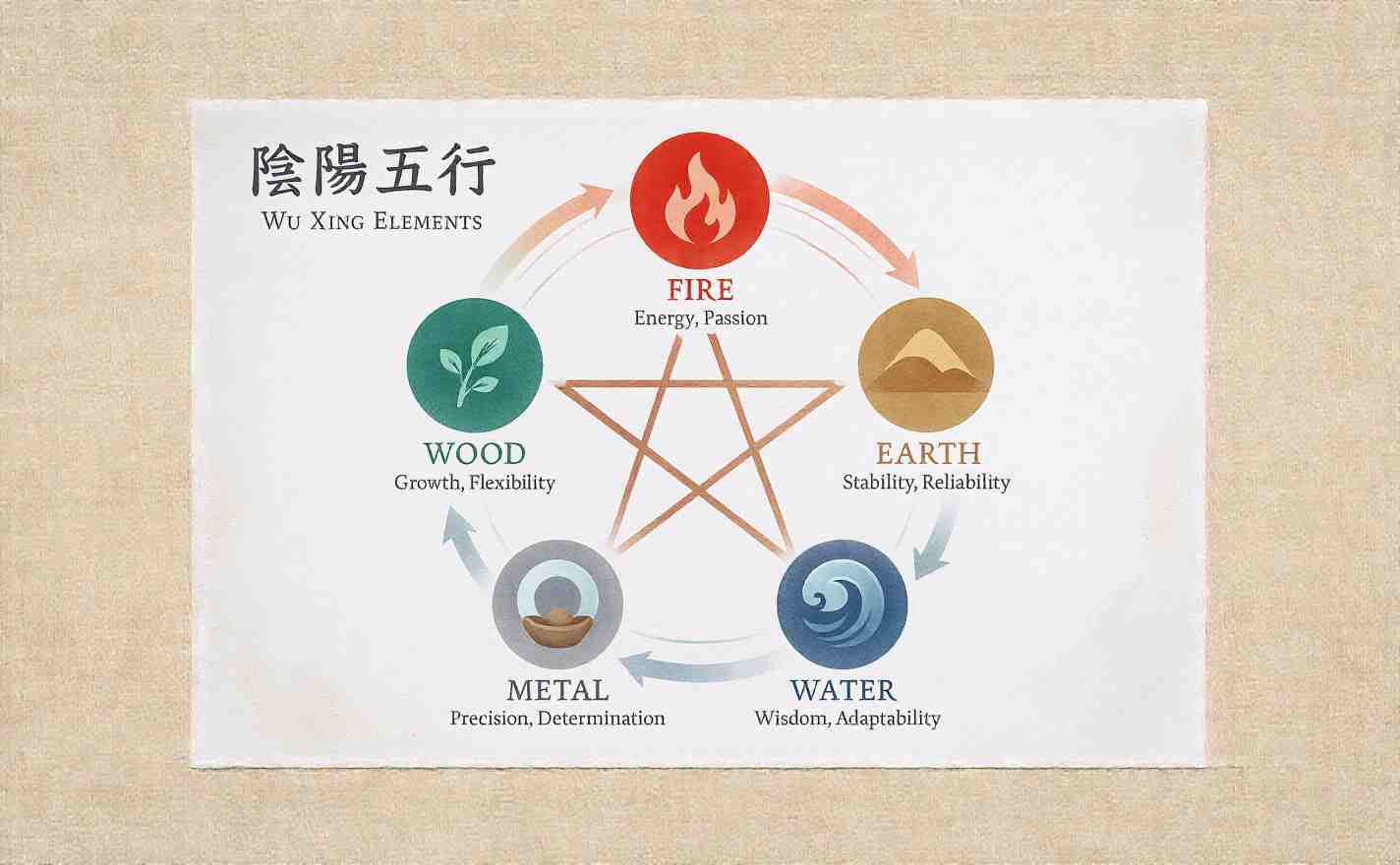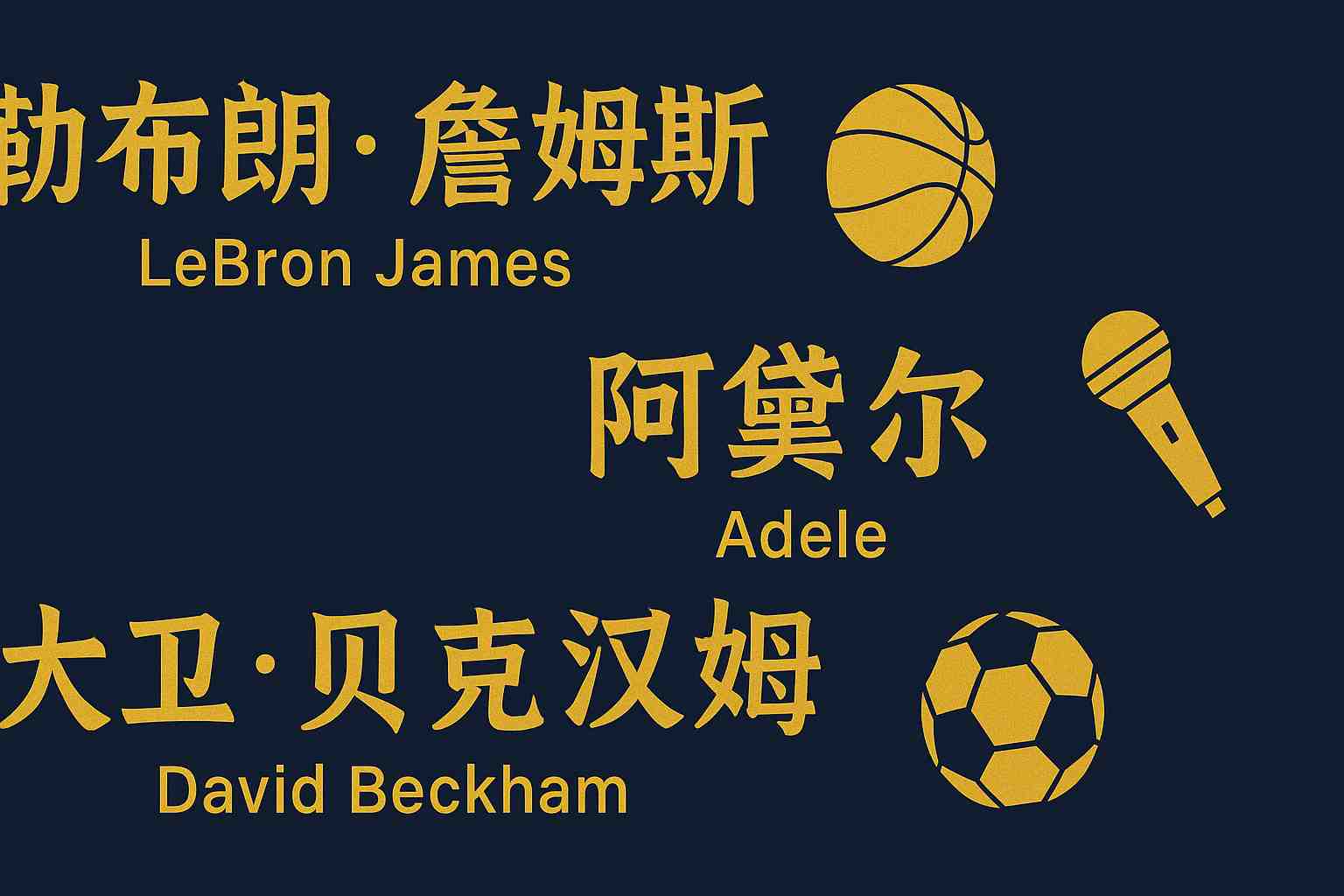
The Art of Chinese Calligraphy in Naming
Explore how traditional Chinese calligraphy enhances the beauty and meaning of names, blending art with cultural significance.
The Art of Chinese Calligraphy in Names
Understanding how the visual beauty and stroke composition of Chinese characters influence name selection and aesthetic preferences
1 · Why calligraphy matters in naming
Chinese names live simultaneously in sound, meaning, and form. Calligraphy elevates the form dimension:
| Dimension | Key question | Calligraphic impact |
|---|---|---|
| Sound (音) | Does the name read smoothly? | Rhythmic balance of tones often mirrors visual symmetry. |
| Meaning (义) | Are the characters auspicious? | Certain radicals (⺡ “water”, 木 “wood”) carry elemental symbolism. |
| Form (形) | Do the strokes look harmonious on paper? | Stroke density, balance, and negative space dictate perceived elegance. |
In Chinese culture, a beautifully written name can signal education, refinement, even destiny.
2 · Anatomy of a “visually balanced” character
| Element | Good example (e.g., 舒, shū) | Why it looks good |
|---|---|---|
| Stroke count | 12 strokes (moderate) | Not overly complex, easy legibility. |
| Center of gravity | Left 舍 vs. right 予 roughly equal | Horizontal balance prevents visual toppling. |
| Open space | Inner ⺯ radical leaves breathing room | Avoids clutter, better seal-carving effect. |
| Stroke rhythm | Alternating horizontals & curves | Creates a calligraphic “tempo”. |
When parents combine two such characters, they often seek complementary silhouettes: one tall‐narrow, the other wide‐open, forming a pleasing seal when stamped.
3 · Calligraphic styles and name personality
| Script style | Visual cue | Name impression |
|---|---|---|
| Kaishu (Regular) | Square, stable, crisp | Formal, scholarly (official docs, diplomas) |
| Xingshu (Running) | Slight cursive, fluid | Artistic, approachable (business cards) |
| Caoshu (Grass) | Highly cursive, abstract | Free-spirited, modern logo design |
| Lishu (Clerical) | Flat strokes, strong serifs | Vintage, solemn (ancestral tablets) |
Choosing a name whose strokes thrive in a target script helps with logo design, seal carving, tattoo aesthetics, etc.
4 · Practical tips for parents & designers
- Check stroke count parity
- Odd + even pairing (e.g., 9 + 12) feels dynamic; even + even more serene.
- Avoid visual collisions
- Consecutive crowded radicals like 品 + 森 may look muddy when shrunk.
- Test different scripts
- Write the name in Kaishu and Xingshu; if one looks cramped, reconsider.
- Seal simulation
- Red-square seal preview (name + surname) reveals spacing flaws early.
5 · Case study: “张嘉澍” (Zhāng Jiā Shù)
| Property | Observation |
|---|---|
| Stroke counts | 张 7 + 嘉 14 + 澍 16 → 7-14-16 forms rising cadence |
| Visual flow | 左窄右宽,终字带 ⺡ radical adding downward fluidity |
| Calligraphy test | In Xingshu, sweeping final 澍 tail echoes flowing water, conveying grace |
Conclusion
Chinese naming is as much written art as linguistic choice. By respecting calligraphic balance—stroke count, center of gravity, and script style—parents and designers craft names that look as elegant as they sound.
Related Articles

The Evolution of Chinese Surnames Through Dynasties
Explore how Chinese family names have transformed across different historical periods, from ancient tribal names to modern standardized surnames.

Understanding the Five Elements in Chinese Naming
A comprehensive guide to how Metal, Wood, Water, Fire, and Earth influence Chinese name selection and their cultural significance.
